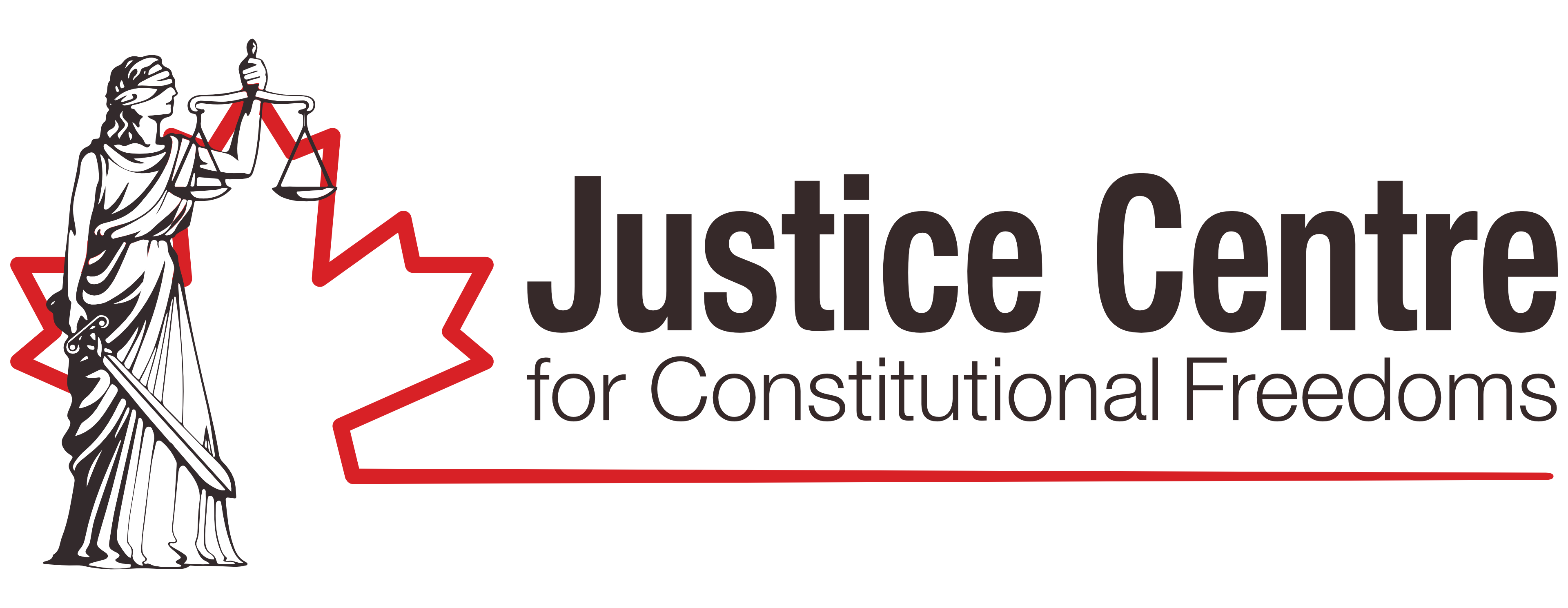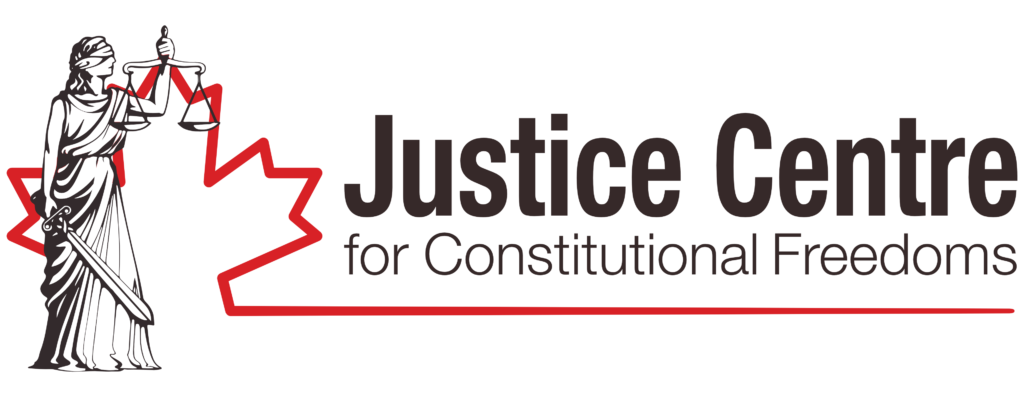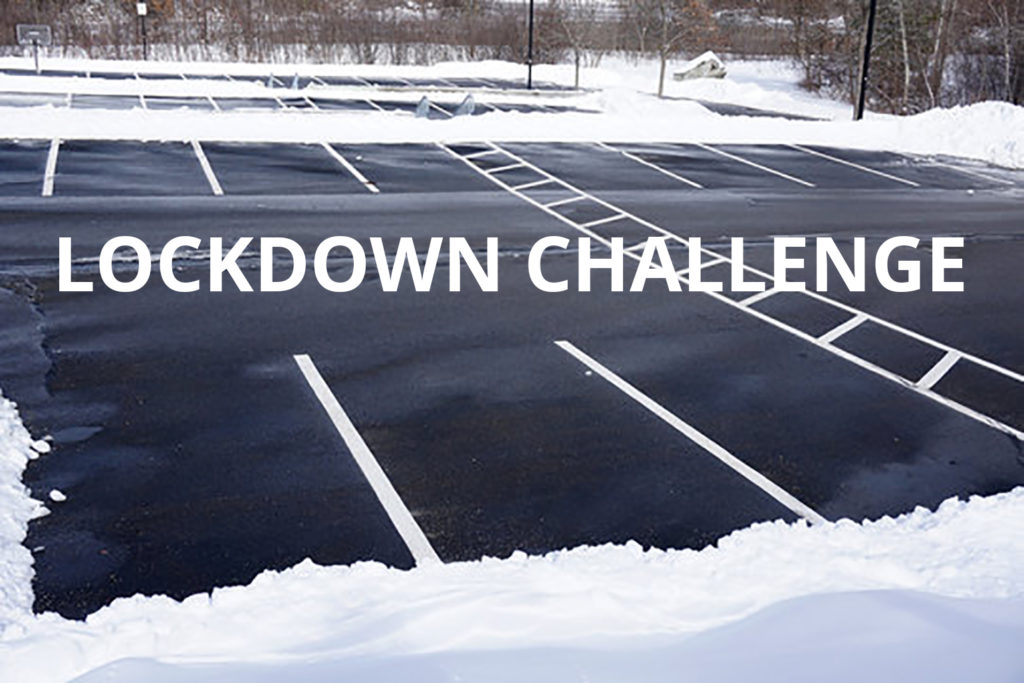Justice Romaine asked how the negotiations over exhibits were going between applicants and respondents.
Respondent lawyer Mr. Nicholas Parker started to answer but was interrupted by applicant lawyer Mr. Leighton Grey who said that they were objecting to the inclusion of two expert studies as full exhibits.
Mr. Parker then began by reviewing the Madewell #2 study. He said they put the study in evidence through a qualified expert. Dr. Bhattacharya had included many studies in his report, including Madewell #1. He disputed the contention this was hearsay evidence and noted the applicants had allowed some studies introduced into evidence through cross-examination. Those documents went in because Dr. Bhattacharya had identified them and both sides agreed they could be included
Justice Romaine asked about any prior discussions between the applicants about the inclusion of these studies.
Mr. Parker said he raised the issue last Friday and noted that applicants did object then. He did not recall exactly when the discussions took place. He said he recalled the other side had cited the Canada Evidence Act but not the Alberta Evidence Act.
Justice Romaine said she would reserve her decision until the next day.
Mr. Grey then went over the correspondence related to the matter, as Justice Romaine had requested. He offered a February 2022 email, copied to all respondents’ counsel, regarding the applicants object to including the studies into evidence. He cited a reply to that where Mr. Parker said they only wanted it marked for identification. Mr. Grey replied that they specifically were objecting to including these full exhibits.
The reply from respondents’ lawyer Mr. Nicholas Trofimuk was that they only wanted them marked as exhibits, not full exhibits.
Mr. Rath restated the objection, observing that Mr. Parker wanted to include evidence that supports his case, but not allow evidence that supports the applicants.
Mr. Parker reiterated his position that if a witness has seen the document, then it can be put into evidence. And he restated that because Mr. Bhattacharya was under oath, and was given time to review the study, it should be included in evidence.
Judge Romaine asked about the Rasmussen study under discussion.
Mr. Parker said he had reviewed the transcripts and said he had only wanted it marked for exhibits.
Mr. Grey then replied by stating that the court still hadn’t heard why the studies need to be made full exhibits.
Justice Romaine said she needs to see the transcripts and would give her decision tomorrow.
The court continued on to cross examination of respondents’ expert witness Dr. Jason Kindrachuk at 11:02 AM.
Grey began by asking Dr. Kindrachuk if his expertise is in virology, which Dr, Kindrachuk confirmed. And he asked him to confirm that his expert report was a response to Dr. Bhattacharya expert report. Dr. Kindrachuk acknowledged that it was. Mr. Grey noted that Bhattacharya responded to Dr. Kindrachuk’s response, and one of his first criticisms of Dr. Kindrachuk was that his replies seemed to rely on modelling data, as opposed to real world data when looking at lockdowns.
Dr. Kindrachuk replied that he takes issue with how Dr. Bhattacharya defines lockdowns. He added that in dealing with a fast-moving pandemic situation, it is not always reasonable to wait for real world data, so modelling data is necessary.
Mr. Grey then noted that Dr. Kindrachuk had made distinctions between correlation and causation. Mr. Grey noted that correlation is a subjective analysis, while causation is an empirical link, where you can see a cause and effect. Dr. Kindrachuk agreed. So, Mr. Grey went on, when governments look at the effectiveness of NPIs, they are making assumptions, a correlation, and not scientific causation.
Dr. Kindrachuk noted that Dr. Bhattacharya agreed back in 2010 certain NPIs worked, including avoidance behaviour. He noted that historically, we can conclude that NPIs have benefits. “Historically,” he said, “We can say there have been benefits.” And he noted that NPIs have been employed in similar situations, though not as widespread as in the current pandemic.
Mr. Grey said that he was pleased that Dr, Kindrachuk had confirmed parts of Dr. Bhattacharya’s evidence, that NPIs can be useful. He then noted that Dr. Bhattacharya had said that Dr. Kindrachuk’s evidence does not include any models that show NPIs work.
They then started a deep dive into symptomatic, asymptomatic and pre-symptomatic spread which included references to a Chu study and the Madewell #2 study. They discussed NPIs and mortality rates. Mr. Grey asked if there was a causal link between NPIs and mortality rates. Dr. Kindrachuk said it would depend on situations. Mr. Grey asked about worship services, or business closures.
Dr. Kindrachuk said that in early reports there were links observed. Mr. Grey observed that most of this was based on modelling, not real world data. Dr. Kindrachuk said they also relied on what had been used in the past. Mr.Grey said that Dr. Bhattacharya stated that modelling is not very effective, and asked if Dr. Kindrachuk agreed. He did, but noted that real world data is time consuming, so the best approach is to use both.
They then moved on to herd immunity with Grey noting that Dr. Bhattacharya had said that Dr. Kindrachuk had provided misleading analysis regarding herd immunity, or achieving endemic equilibrium. Dr. Kindrachuk went on to discuss endemic equilibrium with disease like smallpox and malaria, which have massive public health impacts. Mr. Grey interjected that these diseases are different from what is known about Covid-19, which primarily impacts people over 60 with comorbidities.
Dr. Kindrachuk countered that all age groups in US were impacted by excess deaths, particularly with Delta variant. Yes, there were comorbidities. Covid-19 also exposed inequities in society.
Mr. Grey asked if Dr. Kindrachuk agreed with Dr. Bhattacharya that NPIs have disproportionately hurt the poor. Dr. Kindrachuk said he would like to see the data on that.
Mr. Grey said Dr. Bhattacharya had, like Dr. Kindrachuk, described this as a terrible pandemic, but in Alberta, the most significant factor is age.
Mr. Grey cited an expert comparing pneumonia and Covid, that they had similar numbers, that Pneumonia is endemic, but societies are not closing schools and business to fight pneumonia, and not restricting liberties.
Dr. Kindrachuk then spoke about what he called “the liberty of living safely.” Safety for oneself and for one’s relatives. He said that with pneumonia there is a correlation between NPIs and reductions in transmissions. He also observed that we now have vaccines, and limited therapeutics that society didn’t have in early 2020. He said society has to balance the number of deaths and long-term health impacts it is willing to tolerate before bringing in restrictions. Dr. Kindrachuk said this is not binary.
Mr. Grey stated that it seemed that Dr. Kindrachuk would not agree with Dr. Bhattacharya that Alberta should have used its resources to focus on the most vulnerable. Dr. Kindrachuk said it is not always easy to distinguish who is most vulnerable, and “morbidity is as important as mortality.”
Dr.Kindrachuk said the vaccination roll-out focused on the highest risk groups initially. Mr. Parker moved on to masks and asked how Dr. Kindrachuk had selected the studies on mask for his report.
Dr. Kindrachuk replied that he tried to balance the studies on masking during Covid with those that dealt with influenza.


